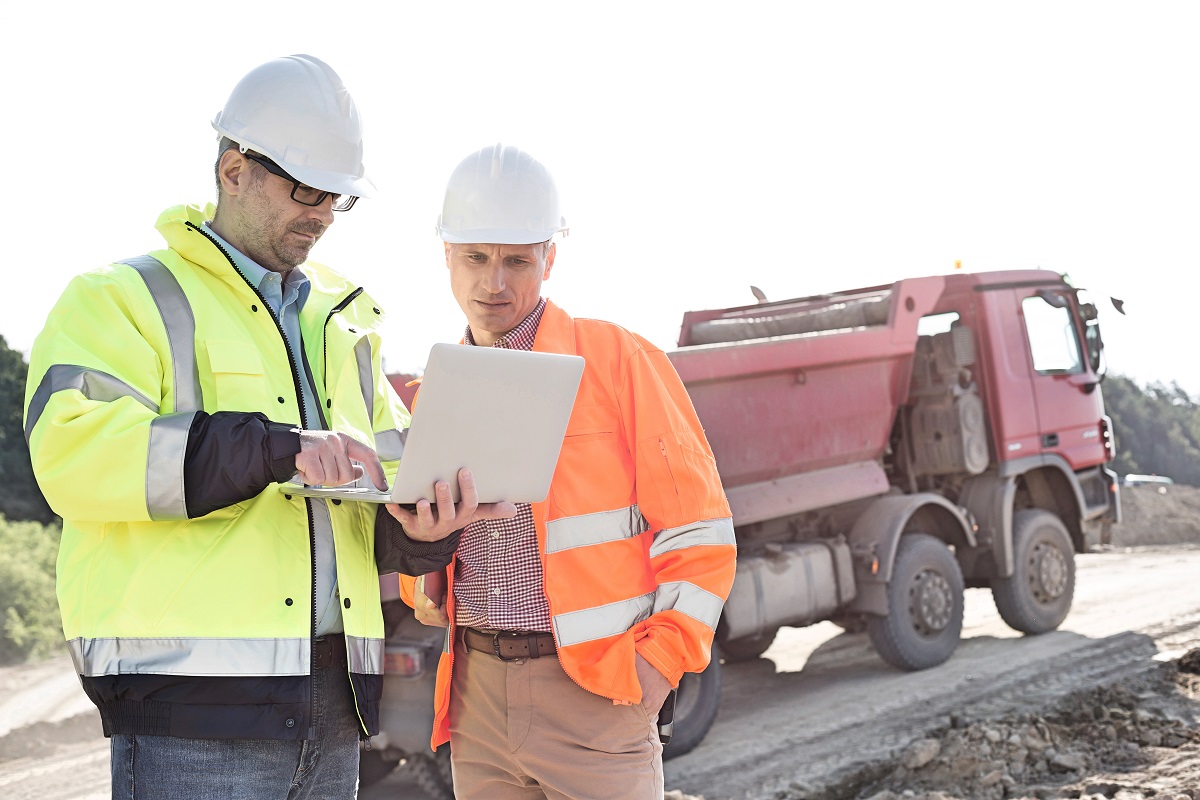The construction industry had been one of the many sectors that were heavily affected by the pandemic. Due to the lockdowns, some companies found themselves closing or are on the verge of closing down. There’s no workaround since many construction works cannot simply be bought home, unlike those in the IT industry, for instance.
Not all companies have locked down, though, and there will always be a need for construction. Some companies weathered the closures that happened during February through April of last year. Their saving grace had been that the state and local governments allowed a few projects to continue and eventually allowed for more participation of construction and maintenance companies. Remember, services such as cleaning roofs or repainting the house’s exteriors are still an essential task to take care of.
With COVID-19 still around, though, there are safety measures that still need to be followed by the industry. Here’s a picture of what the new normal may look like and how the pandemic will shape the future of the industry.
Growth of Construction Tech
It was observed that construction startups were on the rise during the past few years. The problem, though, is that once the pandemic happened, these construction upstarts were among those that were forced to close down.
Since the start of the pandemic, many contractors have found themselves turning to technology to keep up with the situation. It helps them keep their projects and monitor their workers, and screen those who are feeling under the weather. Owners who use the tech can also keep tabs with their stakeholders more easily.
Many current technologies, like virtual and augmented reality, can help construction company owners finish their projects even during the pandemic.
Modular Construction on the Rise
The pandemic has forced companies to downsize their employees. From a workforce consisting of hundreds, some companies found themselves with just a few people working onsite. That’s a problem if there is a lot of work done, so companies found the solution by lessening work.

How did they do that? Some companies have continued to accomplish work by using next-gen technology. Processes are streamlined and made more efficient, so no quality of work is sacrificed even if there are fewer workers. One way to do this is to use modular construction and off-site processes. Companies usually don’t sacrifice work and ensure the completion of projects using this method.
AI-Powered Software Being Used to Monitor Sites
During the lockdown, several jobs and companies can continue because they were transferable as remote work. Some companies have continued work as usual, while others had to take some time to transition to remote work. Eventually, they ended up just fine.
Not all work can be taken home in construction sites, but the supervisor can still monitor work on these sites through video surveillance systems. These aren’t regular surveillance systems but are innovative ones powered by artificial intelligence. It also uses image processing to recognize workers in the field or whether they wear face masks and gloves.
Paperless Documentation Becoming Common
Paperless ideas have been tossed around as far as anyone can remember. However, not many companies are supportive of the idea, although some are welcome to the change. These companies have started using digital mediums over traditional paper documents. It’s not only for the environment; it’s for removing human contact.
The same number of changes in different processes have been seen since the start of the pandemic. Many companies are doing it because of the human element; they’re protecting themselves, their employees, and their clients.
Keeping Construction Sites Cleaner
The construction industry prides itself on its ability to deliver on projects, not how companies keep their company sites clean. Each year, there are a rising number of workplace fatalities and a huge number of work-related injuries that happen because of it.
It might look like things are improving this year, but that’s because of the deceptiveness done by fewer people working in different sites. The game of safety is different this year—companies are keeping their workers safe from COVID-19.
It might also be good practice for the future. Companies might pick up from enforcing COVID-19 safety protocols and use that vigilance to enforce site safety protocols in a better way.
Despite the pandemic situation, the future looks bright for the construction industry. Changes will happen as the situation continues and businesses adapt to survive the crisis. There might be a lot of significant improvements that companies can expect after everything returns to the new normal.
